The best ways to save energy during the coronavirus pandemic
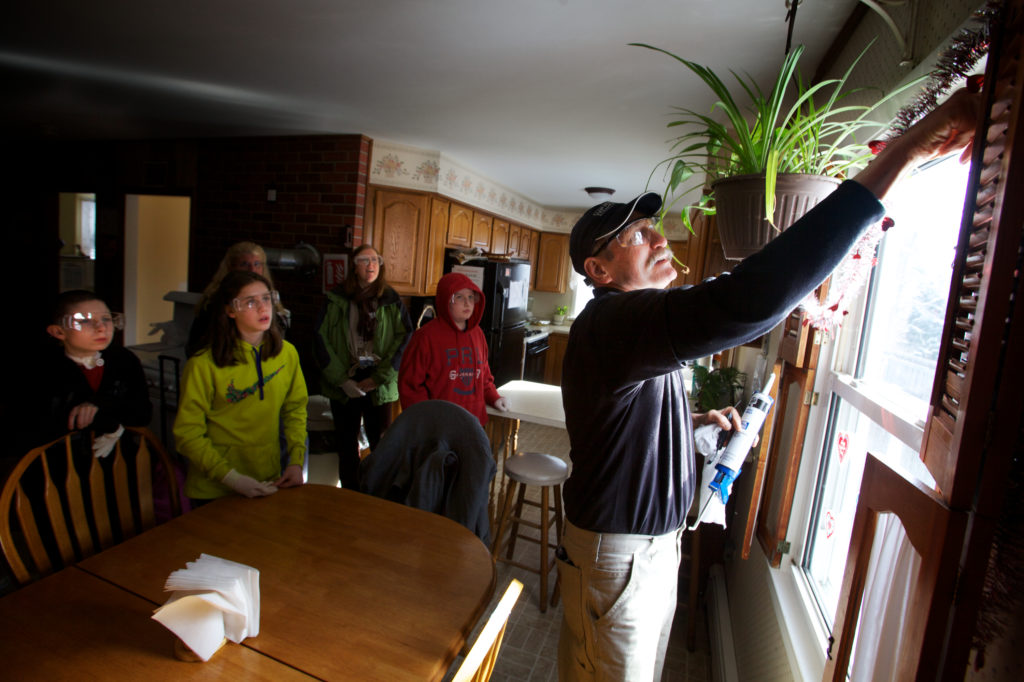
Saving energy will help you save money during what is increasingly proving to be a financially challenging time for many. Here are a few tips to save energy while practicing social distancing, self isolation and self quarantine during the coronavirus.
Turn off the lights
This may seem obvious, but turning off the lights in your house when they aren’t needed can help significantly decrease electricity use. Try to use natural light when possible during the day. You can also make the most of natural light using strategically placed mirrors and putting workspaces near windows. Make sure all your lights are turned off at night while you are sleeping. Maybe have a romantic candlelit dinner one evening to save some electricity too.
If you run out for groceries or other essentials, see if you can get LED light bulbs, too. Switching your old light bulbs for new ones could be the easiest way for you to reduce your household energy consumption. According to the U.S. Department of Energy, quality LED light bulbs use 75 percent less energy than traditional incandescent bulbs do, and they last 25 times longer.
Rearrange your decor strategically
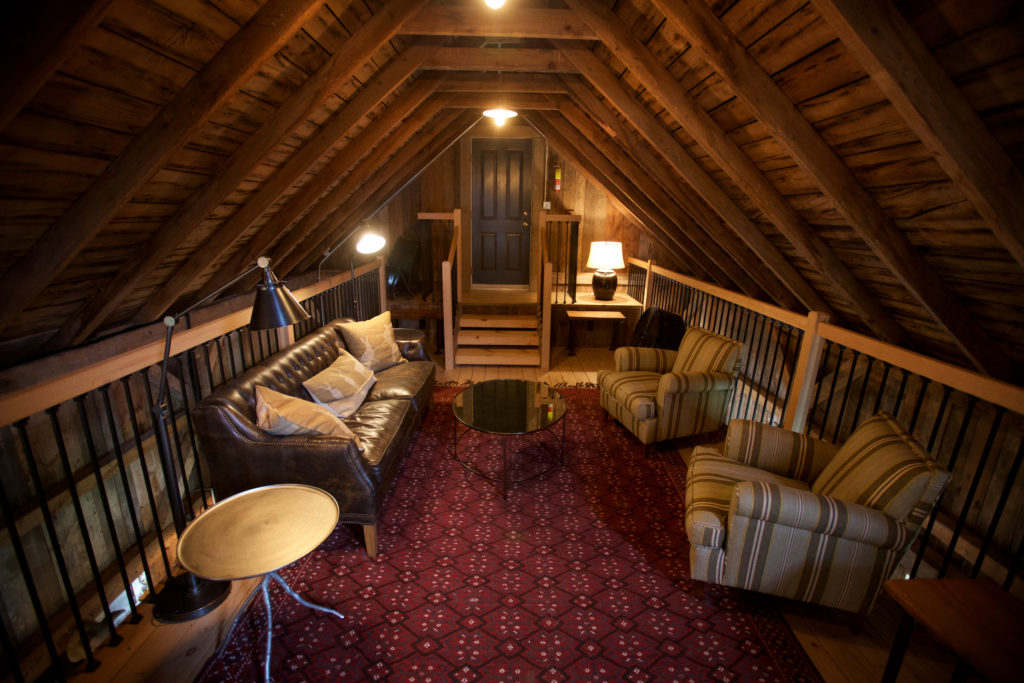
Make sure you are decorating in a way that is energy efficient. If your air vents are blocked by drapes, curtains and furniture, that can increase heating costs. Covering bare floors with carpeting or rugs can also help insulate your home to save on heating costs. Hanging thicker curtains on cold nights will reduce the amount of heat lost through windows.
Also, be strategic with your windows and blinds. Close your curtains and shades at night to protect against cold drafts. Open them during the day to let in warming sunlight. You can also shades to block warm air from escaping in the winter by keeping them shut on the north side of your home during the day.
Take shorter showers
Showers can not only use a lot of water, but heating that water to that just-right temperature uses energy — and, let’s be frank, nobody wants to take a cold shower. Shorten your shower by a few minutes in order to save on that pricey hot water. In 2012, the Christian Science Monitor calculated that shortening your shower from 12 minutes to four minutes can save between $10 and $130 a year per person, depending on the flow of your showerhead.
Only run full loads of laundry and dishes
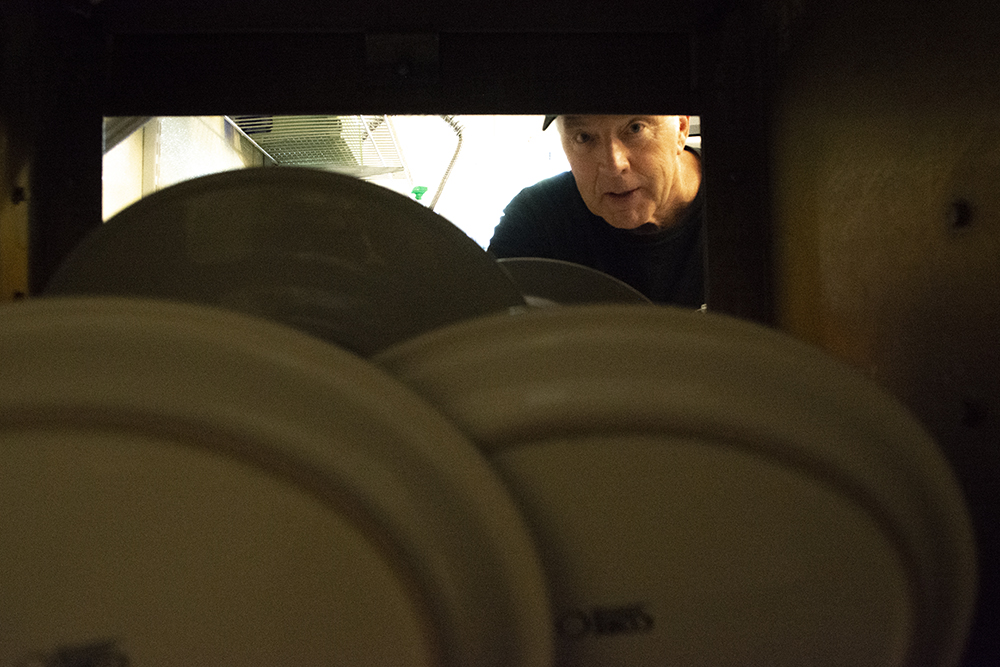
Yes, we know doing chores instead of working from home can be tempting, but try to save your laundry and dishwashing cycles for only when the appliances are full. For example, BC Hydro, a Canadian electric utility in the province of British Columbia, estimates that if you cut one load of laundry per week, you can save $18 a year on laundry costs.
Also, if you can, make sure you are washing dishes in a dishwasher instead of by hand. Energy Star estimates that an electric dishwasher uses 5,000 fewer gallons of hot water per year compared to washing by hand. If you don’t have a dishwasher, you can still take steps to reduce energy usage while washing dishes. Scrape dirty dishes over the trash, fill the sink with water, turn off the tap and wash the dishes all at once instead of one-by-one under a constant stream of water.
Wash laundry on cold
Most of the energy used to wash your clothes is for heating the water, even though cold water is generally just as effective for getting clothes clean with high-efficiency washers and cold water-formulated detergents. According to a study from SaveOnEnergy, you can save up to $60 a year by washing your clothes in cold water instead of hot.
The exception is if you are treating someone with COVID-19. The Centers for Disease Control recommend, if possible, to launder items using the warmest water setting.
Air dry your clothes and dishes
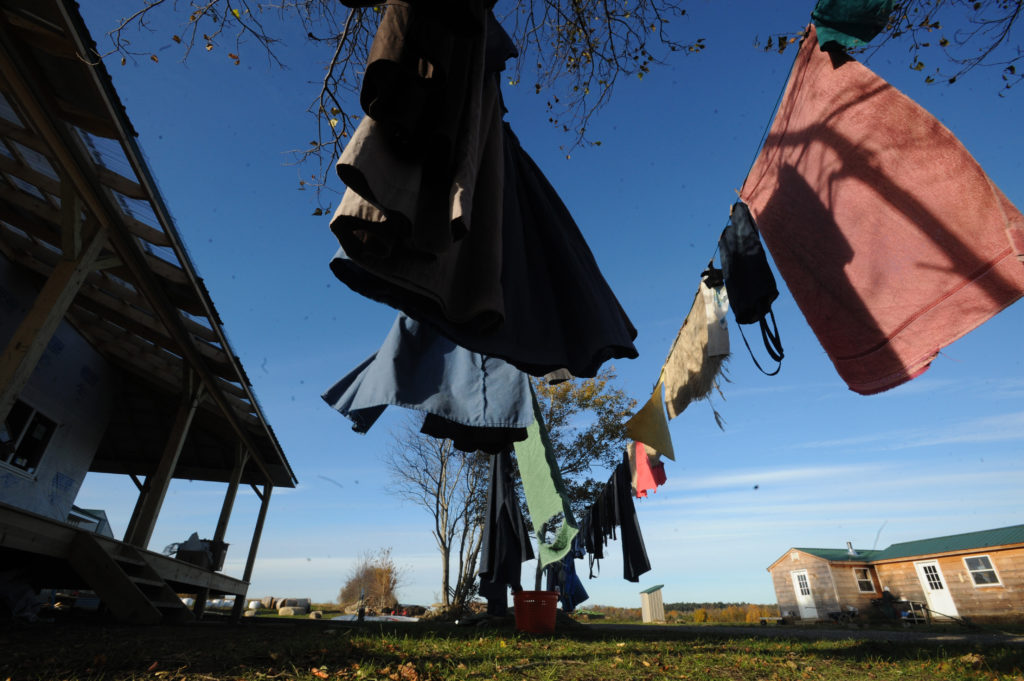
Air drying your clothes, either outside or on a drying rack, is a great way to reduce the amount of energy you use while doing laundry. Using the U.S. Department of Energy’s online calculator, the website Woman’s World estimated that using a dryer for just five hours every other week costs over $174 every year.
If it is too damp to dry clothes this way, you can take steps to use your clothes dryer more efficiently. Clean your clothes dryer lint trap regularly. If your dryer has a moisture sensor, use it to keep from over-drying clothes. Also, don’t dry heavier towels and thicker garments with lighter ones, also it will slow down drying time. Toss a few dry balls or even a dry towel into your dryer load to significantly reduce drying times as well.
In the same vein, turn off heated dry on your dishwasher and air dry on a rack instead. BC Hydro estimates that de-selecting heat dry settings for one load of dishes a day saves up to $27 each year.
Turn off and unplug devices when they are not in use
Don’t just shut your laptop when you’re done with work for the day — actually turn it off. According to the Department of Energy, leaving a computer on all day can cost about 21 cents per day, or about $75 per year.
Also, unplug devices when you are not using them. The Natural Resources Defense Council says the cost of plugged-in but not used devices is about $165 per household every year. Take time before you go to bed to walk around your house and unplug electronics that are not in use.
Use powerstrips
Power strips help avoid overloading electrical outlets, efficiently distribute energy to appliances and prevent them from draining unnecessary energy. Power strips also allow you to easily “unplug” multiple devices at once while you are doing your nightly rounds. According to the U.S. Department of Energy, using an advanced power strip to control power used by idle appliances can save you $100 a year.
Turn down the temperature of your water heater
Thirteen percent of your home’s electricity goes to heating water. To save money, set your hot water heater to around 120 degrees Fahrenheit, or use the vacation setting. You might notice a slight difference in your shower — it may be warm instead of scalding hot, for example — but 120 degrees Fahrenheit is still hot enough for all your daily hot water needs, like washing dishes.
Use your slow cooker, microwave or toaster oven, if you have one
Putting small kitchen appliances to work more often instead of the oven or stovetop can lead to significant energy savings. The average toaster oven can use up to half the energy of the average oven over the same cooking time. According to Energy Star, cooking or reheating of food in the microwave can save as much as 80 percent of the energy used to warm them in the oven.
Refrigerate efficiently
Refrigerators should maintain a temperature of 37 to 40 degrees Fahrenheit to work at peak efficiency and minimize energy costs. Freezers should be at 5 degrees Fahrenheit, while deep freezers for long storage can be set at 0 degrees Fahrenheit.
Keeping your fridge and freezer full can also save money. Food acts as insulation and lessens the amount of time that the fridge has to run to stay cool. But even though you might have a lot of food right now that you are trying to maximize the lifespan of, be careful not to overfill your refrigerator. Overfilling your refrigerator can hinder air circulation in the appliance.
Don’t stand in front of your refrigerator while choosing a snack — the longer the fridge door is open, the harder the appliance has to work to maintain a cool temperature. Also, if you are cooking, get all your ingredients in one go instead of opening and closing the refrigerator multiple times.
Fix the energy settings on your laptop
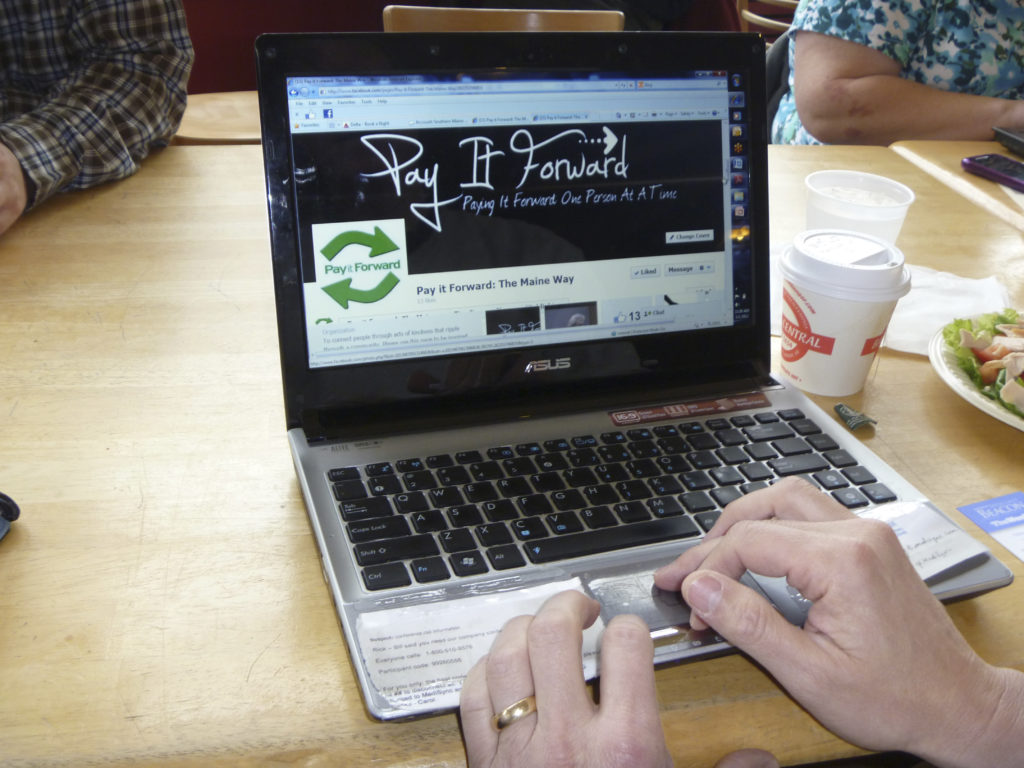
Most laptops are set up to use less energy when they aren’t plugged in, since battery life is at a premium. When they are plugged in, they are set to run at higher speeds and use more energy. You can keep your laptop unplugged while you work, or change your energy settings so that they’re the same whether or not your laptop is plugged in. You will have to look up specific instructions for the type of laptop you have.
Also if you have the choice between using a laptop or a desktop computer, choose the laptop. Laptops are typically designed to be more energy-efficient than their desktop counterparts, using as much as 80 percent less energy while operating.
